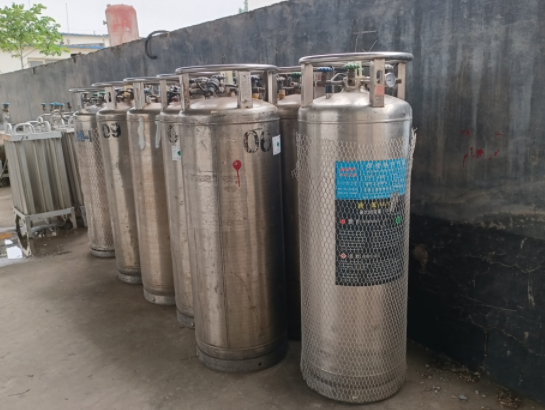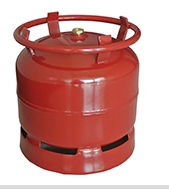lpg cylinder
The cylinder should not be used up, but should be left with a certain residual pressure. The residual pressure should generally be greater than 49.03kPa (i.e. 0.5kg/cm2 , gauge pressure) to prevent air from entering the cylinder.
lpg cylinders are easy to use and portable, but in use, attention should be paid to the following: After using the cylinder, the valve must be closed tightly to prevent leakage. The cylinder should not be used up, but should be left with a certain residual pressure. The residual pressure should generally be greater than 49.03kPa (i.e. 0.5kg/cm2 , gauge pressure) to prevent air from entering the cylinder. After the LPG is used up, the residual liquid left in the cylinder is also a flammable material and should not be dumped by itself to prevent fires caused by the flow and evaporation of the residual liquid. LPG cylinders are pressurised containers and should be well maintained and regularly inspected. During handling and use, prevent the cylinder from falling or hitting, do not use iron to open the valve, and prevent direct sunlight and long-term rain. Gas cylinders are generally inspected once every 2 years.
















